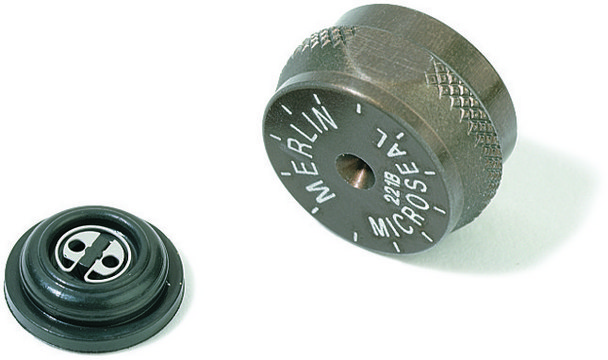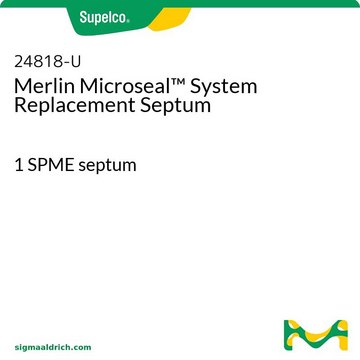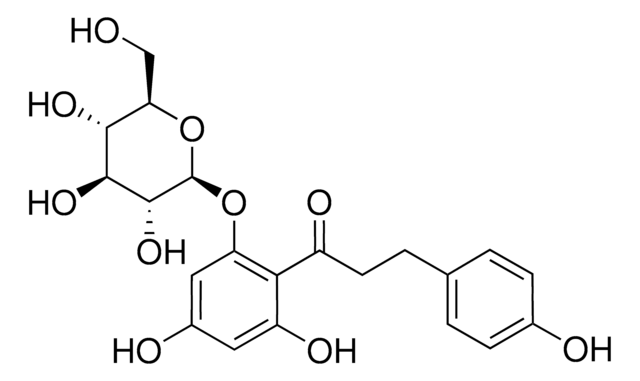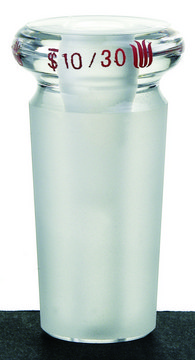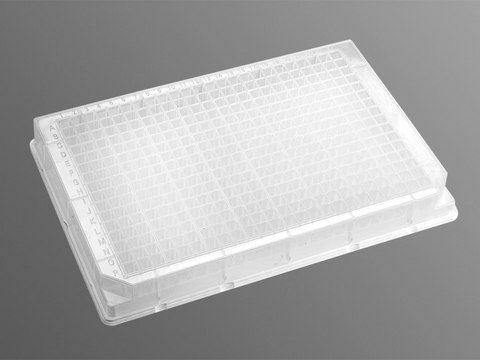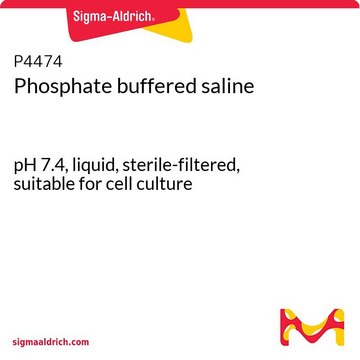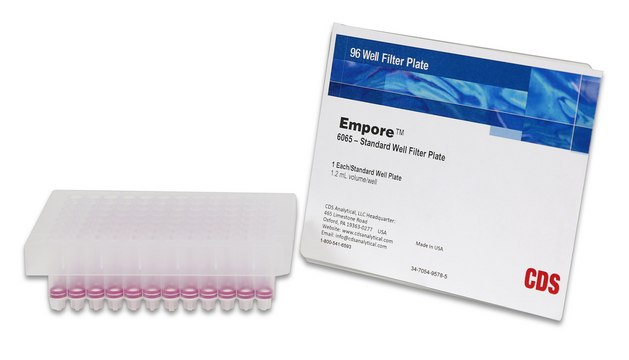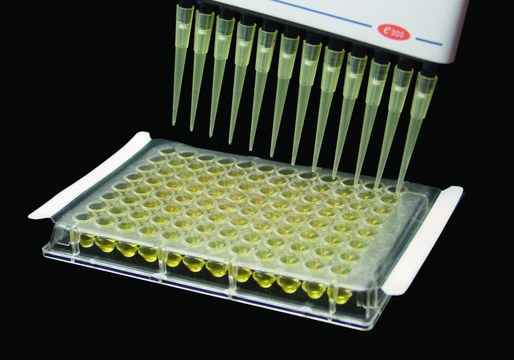Recommended Products
General description
The Merlin Microseal System is a septum-less system that provides very long life. Because there is not a septum to pierce, septum fragments will not be formed and deposited in the inlet liner. The septum contains a series of seals (wiper rib, o-rings, and a duckbill valve) that allow a needle to enter while maintaining a leak-free seal. The septum can be used only with a syringe that has a 23 gauge "blunt tipped" needle, or with an SPME fiber assembly with a 23 gauge needle. The thicker shaft is required to make the necessary contact with the septum seals.
Application
Merlin Microseal™ System may be used to replace traditional septum to avoid leaking and bleeding caused during operating GC/MS system. It may also be equipped to the injection port during GC analysis for determination of plasticizer N-butylbenzenesulfonamide and the pharmaceutical Ibuprofen in wastewater.
Other Notes
Simply place the septum directly onto the septum cup and then add the nut (an additional adapter for the septum cup is not required for Agilent GCs). The septum incorporates a unique design with two sequential seals to provide a much longer life. Order replacement septa, or alternate versions, separately. Compatile with all Agilent autosamplers and stainless steel injection ports.
Note: Do not use with beveled tips.
Note: Do not use with beveled tips.
Legal Information
MicroSeal is a trademark of Merlin Instrument Co.
Regulatory Information
新产品
Choose from one of the most recent versions:
Certificates of Analysis (COA)
Lot/Batch Number
It looks like we've run into a problem, but you can still download Certificates of Analysis from our Documents section.
If you need assistance, please contact Customer Support.
Already Own This Product?
Find documentation for the products that you have recently purchased in the Document Library.
Naomi R Latorraca et al.
Cell, 183(7), 1813-1825 (2020-12-10)
Binding of arrestin to phosphorylated G-protein-coupled receptors (GPCRs) controls many aspects of cell signaling. The number and arrangement of phosphates may vary substantially for a given GPCR, and different phosphorylation patterns trigger different arrestin-mediated effects. Here, we determine how GPCR
Christian T Hjuler et al.
Nature protocols, 12(11), 2411-2422 (2017-10-27)
Glycobiology, in particular the study of carbohydrate-protein interactions and the events that follow, has become an important research focus in recent decades. To study these interactions, many assays require homogeneous glycoconjugates in suitable amounts. Their synthesis is one of the
Raegan D Plomp et al.
Environmental toxicology and chemistry, 39(10), 1988-1997 (2020-07-18)
The frequency of wildfire is expected to increase with time as a function of climate change. Recent studies in our laboratory have demonstrated that pyrogenic polycyclic aromatic hydrocarbons can cause greater-than-additive effects in Hyalella azteca in the presence of low
Determination of the plasticizer N-butylbenzenesulfonamide and the pharmaceutical Ibuprofen in wastewater using solid phase microextraction (SPME).
Huppert
Fresenius Journal of Analytical Chemistry, 362, 529-536 (1998)
J M Diserens
Journal of AOAC International, 84(3), 853-860 (2001-06-22)
Although the use of pentachlorophenol (PCP) is prohibited in most countries, it is still widely found in the wood of pallets, containers, crates and in cardboard, paper, etc. Such material may contain not only PCP but other chlorophenols as well.
Our team of scientists has experience in all areas of research including Life Science, Material Science, Chemical Synthesis, Chromatography, Analytical and many others.
Contact Technical Service